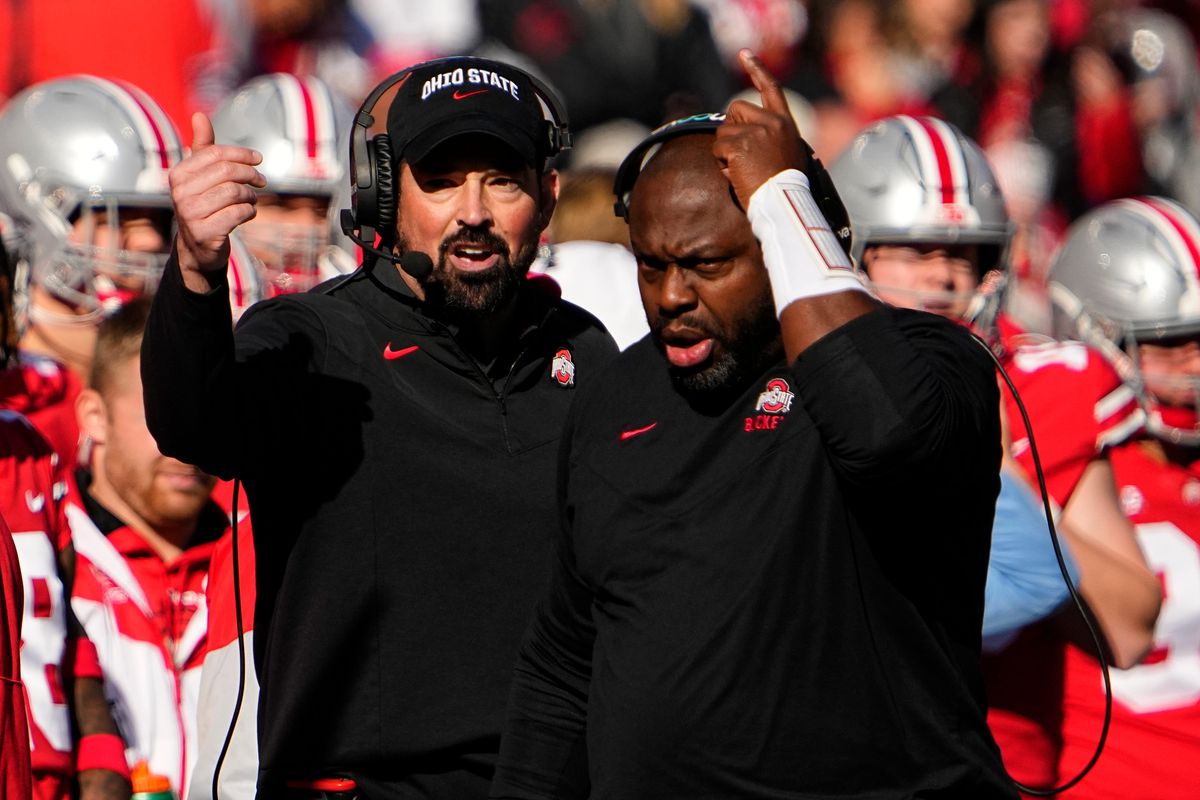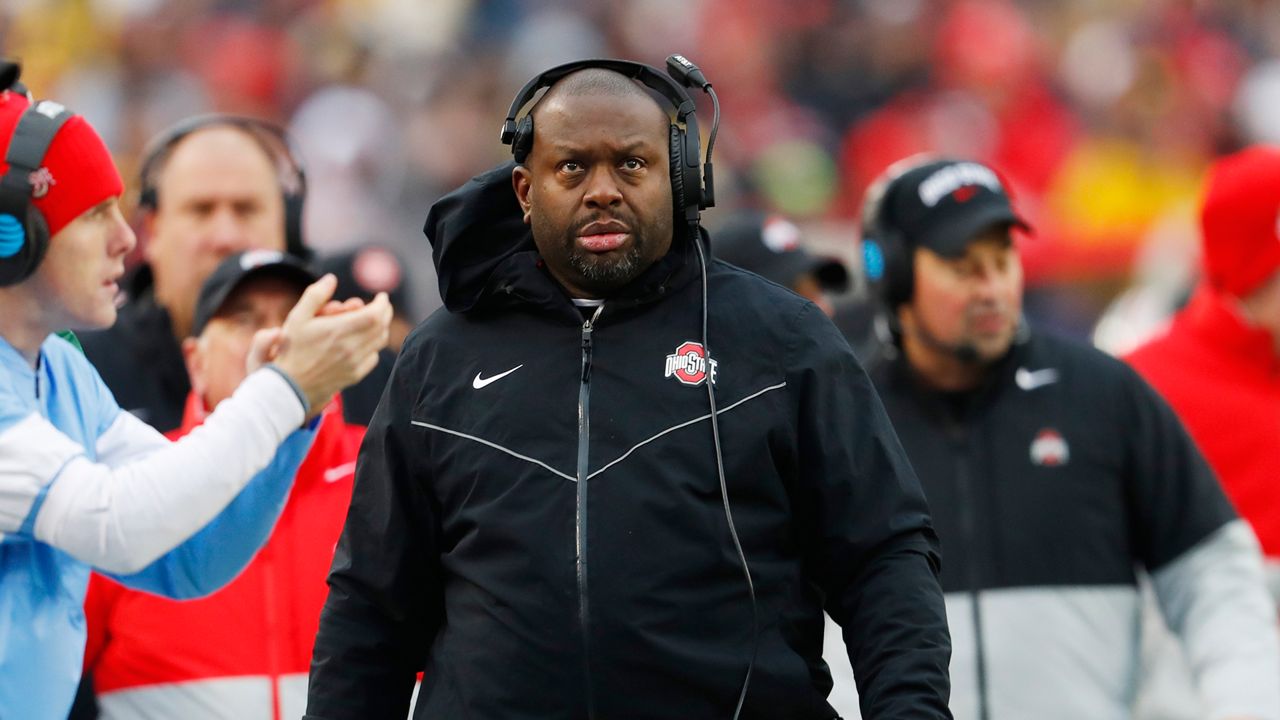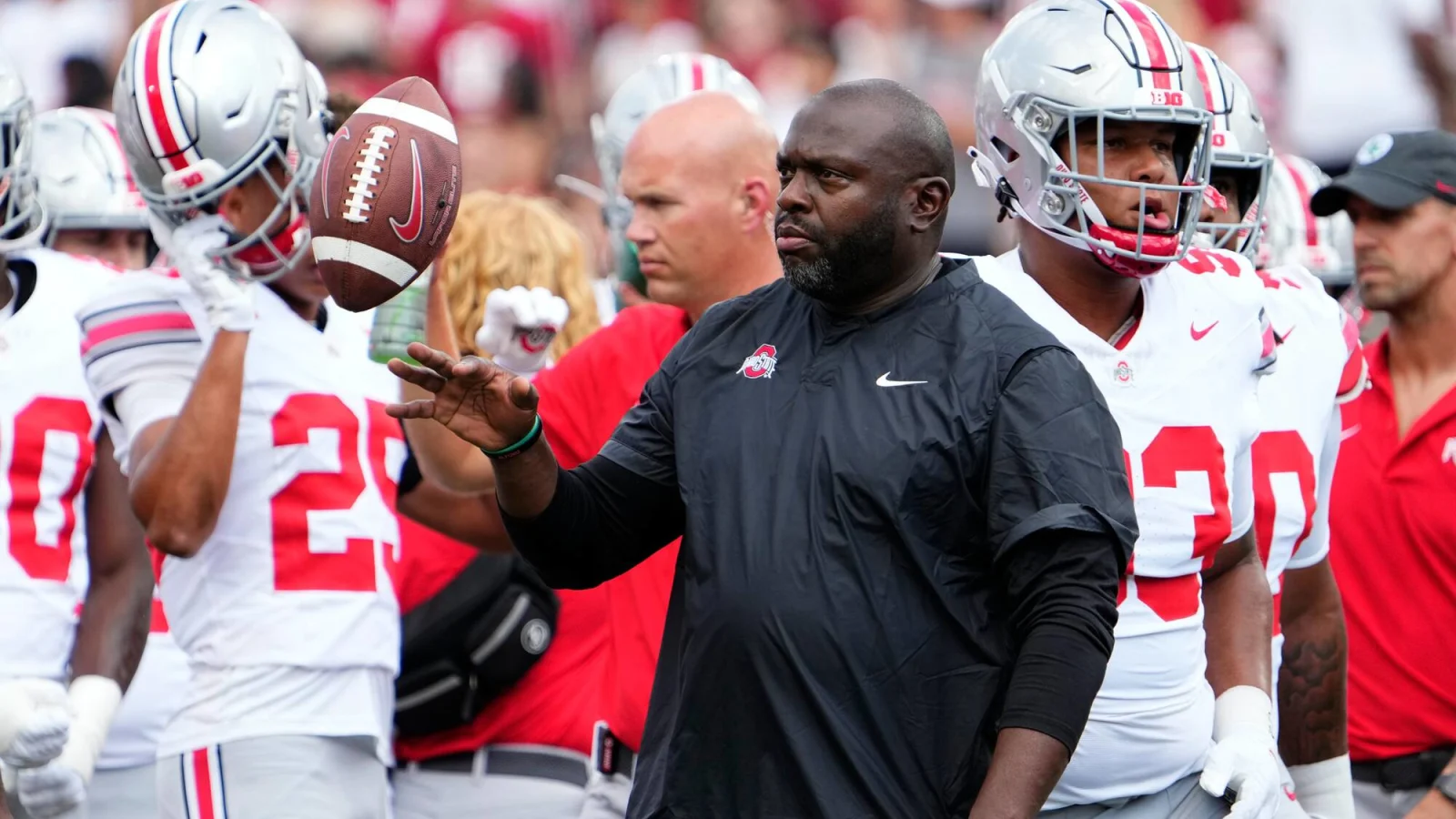Recently, the college football community was set ablaze with the news of Tony Alford’s departure from Ohio State to join forces with Sherrone Moore at Michigan. This move is not just about a coaching change; it’s a narrative rich with strategy, financial implications, and the age-old rivalry between two of college football’s most storied programs. In the high-stakes world of college football, coaching changes can signal a new era for teams, especially when they involve key figures moving between archrivals.

Tony Alford: A Strategic Acquisition for Michigan
Tony Alford, known for his exceptional skills as a running backs coach and a recruiting maestro, has been a cornerstone of Ohio State’s football program since 1995. His departure to Michigan is a significant coup for Sherrone Moore, who has been proactive in bolstering his coaching staff. Alford brings with him four decades of coaching experience, including valuable insights from his tenure at other top institutions like Notre Dame, Washington, and Iowa State. His move is seen as a strategic masterstroke by Michigan, aiming to leverage Alford’s extensive knowledge and expertise to their advantage.
BREAKING: 4⭐️ RB James Peoples Has Committed to Ohio State
Peoples is a big time RB out of the state of Texas and Tony Alford Lands his RB for the Class of 24@Hayesfawcett3 pic.twitter.com/g109Lij07Y
— Recruiting Edits (@614EditzDSGN) April 3, 2023
The Financial Dynamics Behind the Scenes
Despite Ohio State football’s impressive revenue generation of over $127 million in the fiscal year 2023, Tony Alford’s exit has stirred conversations about the financial aspects of college football coaching. Fox Sports analyst RJ Young shed light on the situation, suggesting that financial considerations played a significant role in Alford’s decision. With a base salary of $772,500 at Ohio State and potential bonuses from the team’s Cotton Bowl appearance, Alford’s compensation was a topic of discussion, especially when compared to his peers at other institutions. The disparity in pay among assistant coaches in college football, as highlighted by Young, points to a broader issue within the sport’s financial structure.

Michigan’s Rising Appeal and Ohio State’s Strategic Loss
Tony Alford’s choice to join Michigan over staying with Ohio State speaks volumes about the shifting dynamics within college football. Michigan’s growing appeal, underpinned by the assembly of a strong coaching team led by Sherrone Moore and the legendary defensive coordinator Wink Martindale, presents an enticing opportunity for coaches looking for new challenges. For Ohio State, losing a coach of Alford’s caliber to their fiercest rival is a blow, not just strategically but also in terms of the talent development and recruitment prowess he brings to the table.
Looking Ahead With Tony Alford: Implications for Ohio State and Michigan
As Michigan welcomes Tony Alford into its fold, the implications for both Michigan and Ohio State are profound. Alford’s expertise in nurturing running backs and his recruiting acumen are invaluable assets that Michigan will surely capitalize on. For Ohio State, the challenge will be to fill the void left by Alford’s departure and to reassess their financial strategies concerning coaching staff compensation. The rivalry between Ohio State and Michigan, always fierce on the field, now carries an added layer of intrigue off the field.

In the ever-evolving landscape of college football, coaching changes are pivotal moments that can redefine team dynamics and influence the balance of power. Tony Alford’s move from Ohio State to Michigan is a testament to the strategic, financial, and competitive forces at play, marking a new chapter in one of the sport’s most riveting rivalries.

Source: Essentially Sports









